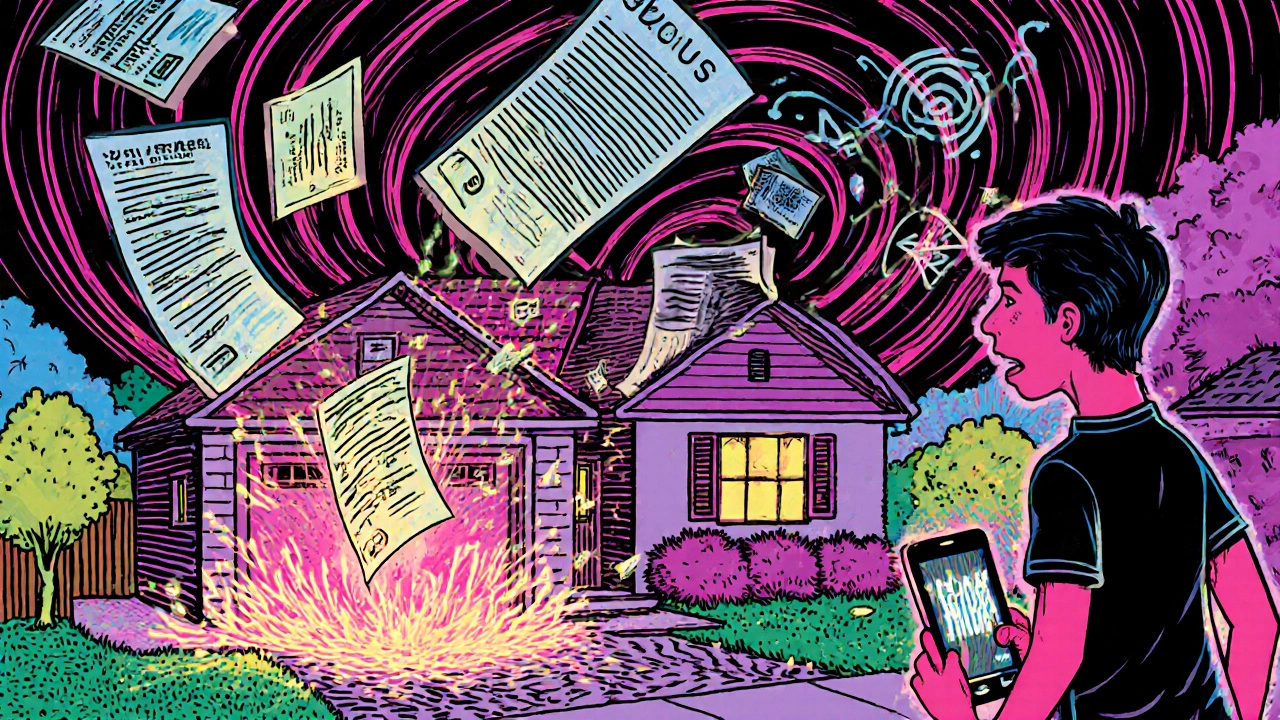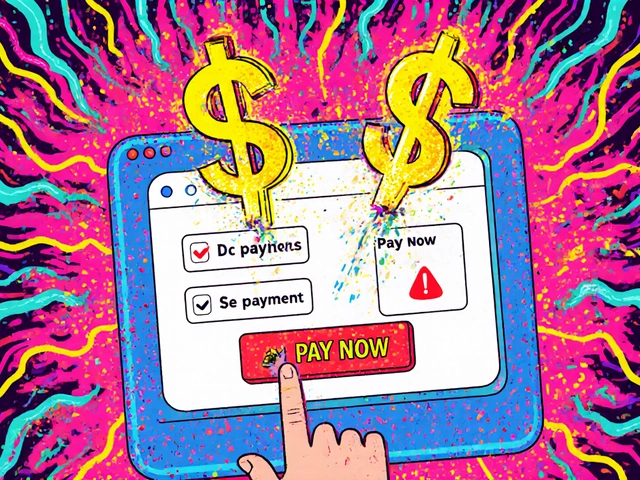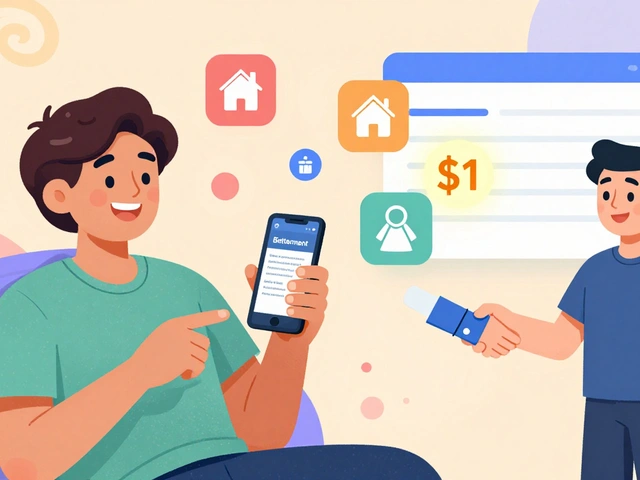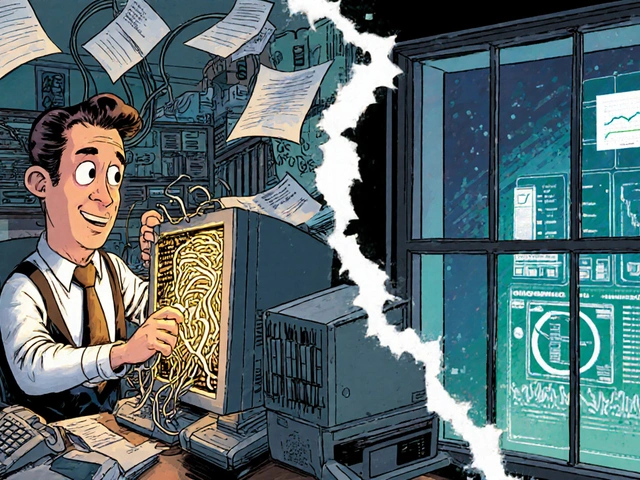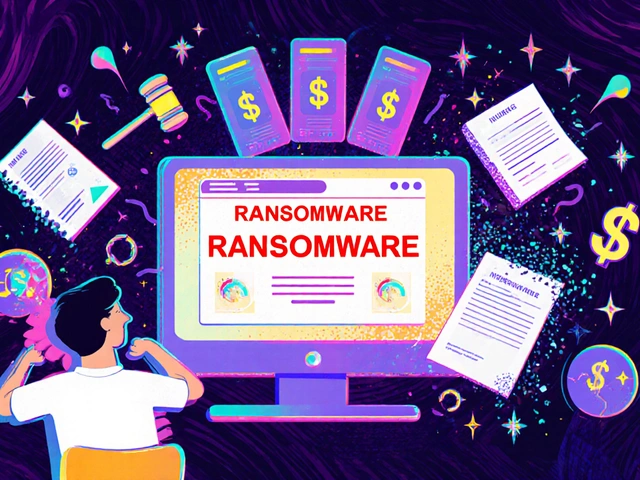Credit Freeze: How to Lock Your Credit and Stop Identity Theft
When someone steals your personal info and opens a credit card in your name, it’s not just a hassle—it’s a financial emergency. That’s where a credit freeze, a security measure that blocks lenders from viewing your credit report. Also known as a security freeze, it’s one of the most effective ways to stop identity theft before it starts. Unlike a credit lock, which some companies offer as a paid service, a credit freeze is free, federally protected, and works across all three major credit bureaus: Equifax, Experian, and TransUnion.
A credit freeze doesn’t hurt your credit score. It doesn’t stop you from using your existing cards. And it doesn’t prevent companies you already do business with from checking your report. What it does is stop strangers from opening new accounts in your name. If a thief tries to apply for a loan or credit card, the lender can’t pull your file—and they’ll deny the application automatically. This is why over 20 million Americans froze their credit in 2023, according to the Consumer Financial Protection Bureau. It’s not paranoia. It’s practical.
Related tools like credit monitoring, a service that alerts you to changes in your credit report are useful, but they only react after damage is done. A credit freeze prevents the damage. And if you’ve ever been hit by fraud, you know the difference. You don’t want to spend months fixing errors on your report. You want to stop it from happening in the first place.
Who needs this? Anyone with a Social Security number. That includes teens getting their first job, retirees managing fixed incomes, and people who’ve had data breaches at banks or retailers. Even if you think you’re safe, fraudsters target people who don’t protect themselves. And once your identity is stolen, the damage lingers for years—ruining your chances at loans, apartments, or even jobs.
Setting up a freeze takes less than 15 minutes total. You do it directly through each bureau’s website. No third-party apps. No subscriptions. Just a few clicks and your report is locked. You can lift it temporarily if you’re applying for a mortgage or a new credit card. And you can freeze and unfreeze as many times as you need—no fees, no penalties.
Some people confuse this with a credit lock, a similar but less reliable service offered by credit bureaus as a paid feature. A lock might sound easier because you can toggle it with an app, but it’s not legally guaranteed like a freeze. And if the company’s app goes down or your phone dies, you’re stuck. A freeze? It’s government-backed. It works even if you’re offline.
You don’t need to be a finance expert to use this. You just need to know it exists—and act before it’s too late. The posts below show you exactly how to freeze your credit step by step, how to handle it if you’ve already been targeted, and what other protections work alongside it. No fluff. No upsells. Just what actually keeps your identity safe in 2025.
